The diverse cultural identities of ethnic groups are not only a priceless treasure of heritage but also a crucial factor in promoting economic and social development and protecting the country.
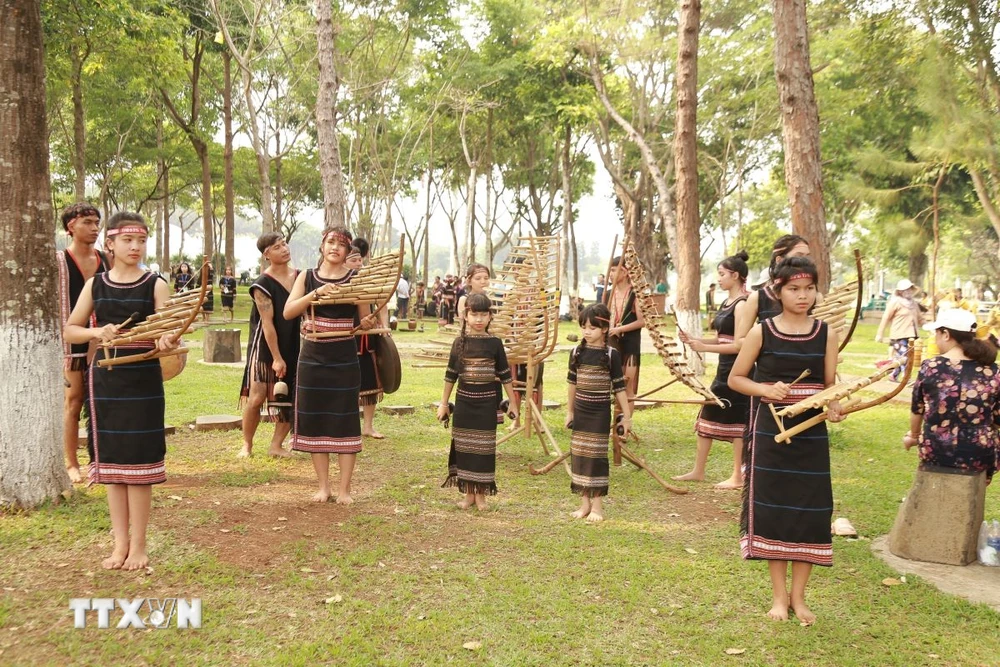
Culture is a solid spiritual foundation and an intrinsic strength that helps each nation develop sustainably.
For Vietnam, with its 54 ethnic groups, culture is the thread connecting the past, present, and future. The diverse cultural identities of these ethnic groups are not only a priceless treasure of heritage but also a crucial factor in promoting economic and social development and protecting the country.
Recognizing the importance of preserving and promoting national cultural values, the Party and State of Vietnam have implemented many policies to protect and develop Vietnamese culture, which is rich in national identity.
From December 14-17, the 2024 Vietnam Ethnic Cultures Festival will be held in Quang Tri province, aiming to honor the fine traditional cultural values, preserve and promote the cultural identity of Vietnam's ethnic minorities; and at the same time create opportunities for localities to interact, learn, and exchange experiences, contributing to raising awareness and consciousness in preserving and protecting ethnic cultural identity, building and defending the Fatherland.
The unique and diverse culture of ethnic minorities.
Each ethnic group in Vietnam possesses its own distinct cultural characteristics, contributing to a diverse yet unified cultural landscape. The culture of these ethnic groups is expressed through many aspects, from language and clothing to festivals and folk art forms.
Language is a crucial element in expressing cultural diversity. Currently, 27 out of 53 ethnic minority groups in Vietnam use their own writing systems, such as the Tay, Thai, Hoa, Khmer, Nung, and Hmong.
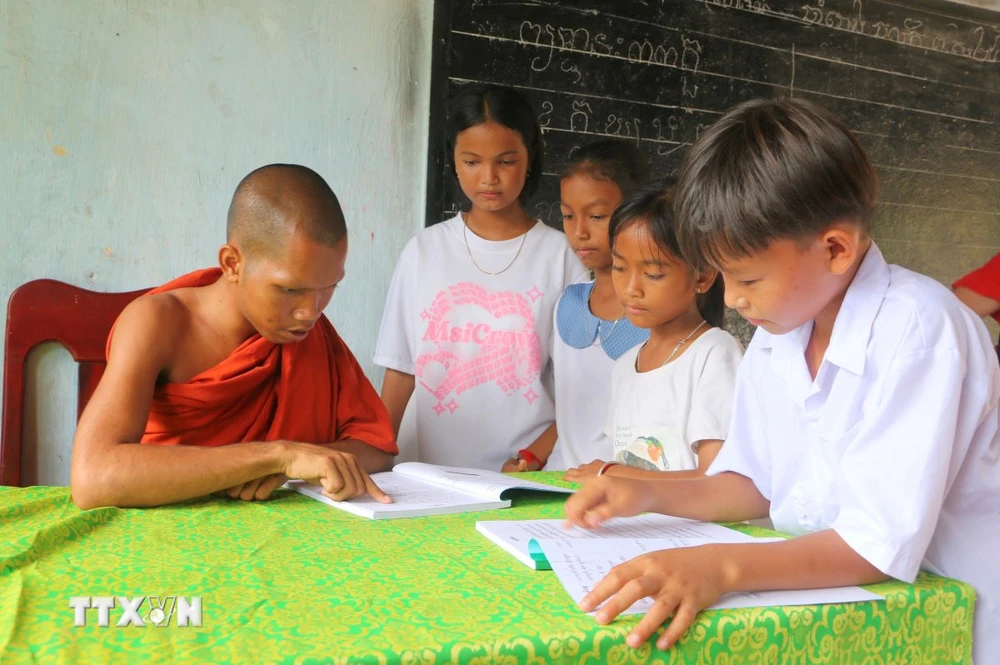
These languages are used not only in daily communication but also as tools for creating literature, art, broadcasting, and in the education system of ethnic minority regions.
Traditional costumes of ethnic groups are also a distinctive highlight, helping to differentiate each ethnic group and serving as a repository of cultural and historical values. Each costume not only reflects aesthetic taste but also the beliefs, religion, and philosophy of life of the ethnic group.
From clothing and weaving techniques to exquisite craftsmanship, everything carries within it stories of the origins and development of each community.
The customs and traditions of ethnic groups also play an important role in maintaining cultural identity. Unique rituals, such as the coming-of-age ceremony of the Dao people, the marriage customs of the Hmong people, or the worship customs of the Khmer people, reflect the spirit of community solidarity and the long-standing traditions of these ethnic groups.
In addition, traditional festivals such as the Gong Festival of the Central Highlands people, the Gau Tao Festival of the Mong people, and the Long Tong Festival of the Tay and Nung people also contribute to preserving and promoting the national cultural identity.
These festivals are not only occasions to pray for bountiful harvests and good health, but also opportunities for people to socialize and strengthen solidarity.
Efforts to preserve and promote the value of national culture.
The cultures of Vietnam's ethnic groups are not only a precious heritage but also an important resource in building and protecting the country.
To protect and promote the value of national culture, the Party and the State have issued many guidelines and policies such as Resolution No. 5 of the 8th Central Committee Conference (1998) on building an advanced culture imbued with national identity, or Decision No. 1270/QD-TTg (2011) on preserving and developing the culture of ethnic minorities.
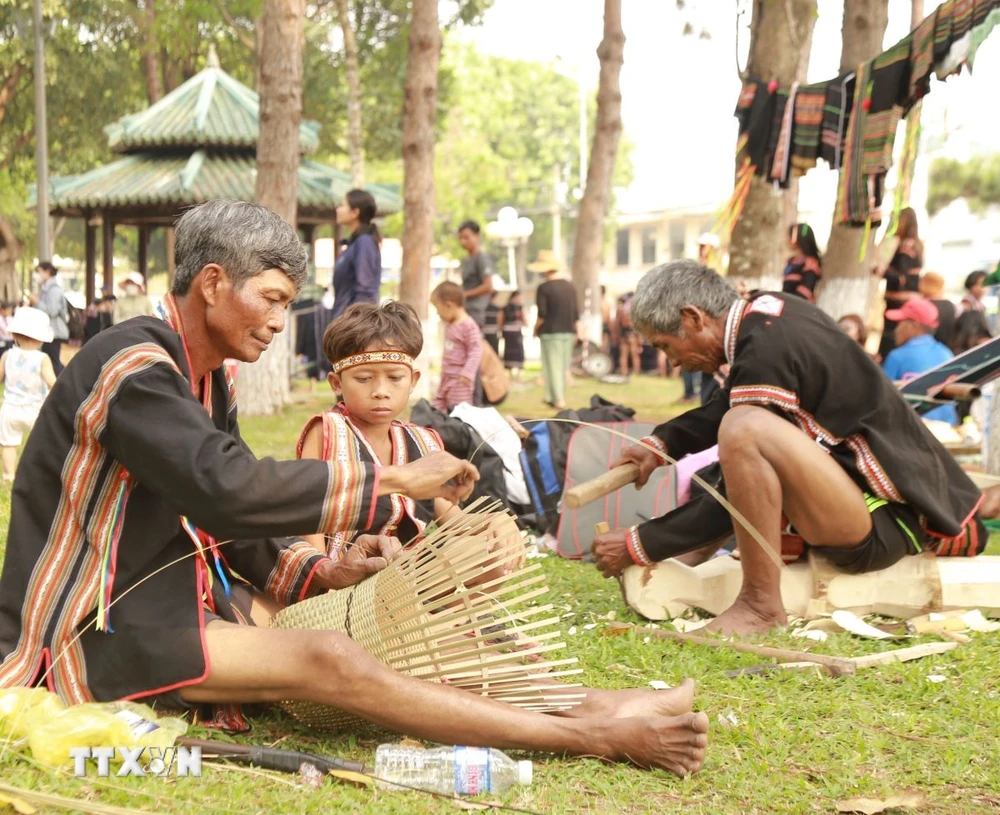
These policies focus on preserving tangible and intangible cultural heritage, researching and promoting the cultural values of ethnic groups, such as language, writing, traditional costumes, festivals, and folk art.
Cultural exchange activities between ethnic groups, cultural festivals, and art programs have been organized to raise community awareness in protecting and promoting these values.
One of the notable achievements is UNESCO's recognition of intangible cultural heritage such as the Gong Culture Space of the Central Highlands (2008), the Then ritual of the Tay, Nung, and Thai people (2019), and the Thai Xoe dance art (2022) as cultural heritage of humanity, contributing to enhancing the position of Vietnamese culture on the international stage.
In addition, historical and cultural relics and scenic spots have been ranked at the national and special national levels, thereby protecting the unique cultural values of ethnic minorities.
The Ministry of Culture, Sports and Tourism regularly organizes the "Cultural, Sports and Tourism Exchange Festival for Ethnic Minority Communities" at the regional and national levels for the period 2013-2020; and implements the Project "Program of Activities, Festivals and Cultural and Artistic Performances of Ethnic Minorities at the Provincial, Regional and National Levels for the period 2015-2020"...
As a result, many cultural exchange activities have taken place nationwide, in each region, locality, and ethnic group, such as the annual cultural exchange between ethnic groups at the Vietnam Ethnic Groups Cultural and Tourism Village; the Cultural Festival of ethnic groups in the Northeast, Northwest, Central, and Southeast regions; the Cultural Festival of the Mong, Cham, Khmer, Muong, Dao, Hoa, and Thai ethnic groups; and the Then singing and Dan Tinh playing art festival of the Tay, Nung, and Thai ethnic groups.
In addition, the Ministry has also approved the Project "Preserving Traditional Costumes of Ethnic Minorities in Vietnam in the Current Period" with the goal of fostering pride and awareness of preserving, promoting, and utilizing traditional costumes.
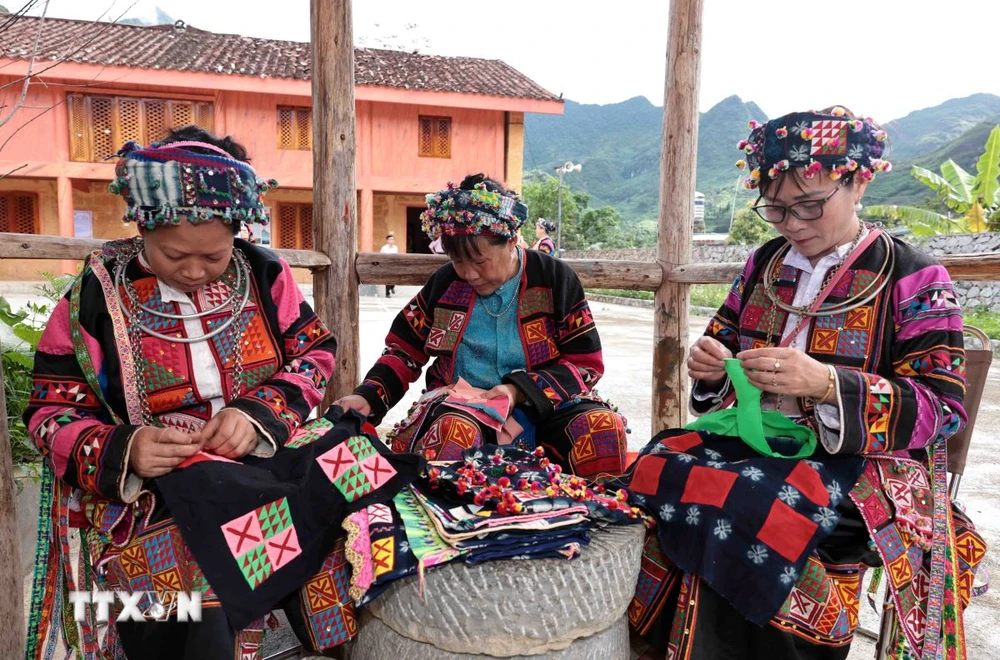
Historical and cultural relics and scenic spots in ethnic minority areas have also been scientifically documented and ranked at the national and special national levels. UNESCO's recognition of many intangible cultural heritages, such as: the Gong Culture Space of the Central Highlands (2008); the Then practice of the Tay, Nung, and Thai people in Vietnam (2019); the Thai Xoe dance art (2022); and the Cham pottery art (2024), is also the result of coordination between government levels and communities in preserving cultural heritage.
Every year, the Party and the State organize meetings with influential figures, village elders, community leaders, and artisans (those who play an important role in preserving and promoting the cultural values of ethnic minorities) and award the titles of People's Artisan and Distinguished Artisan to individuals who have made outstanding contributions to preserving cultural heritage, including folk art, customs, beliefs, knowledge, literature, language, writing, and traditional festivals.
Efforts to preserve and promote national cultural values are also being strongly implemented in localities.
Currently, 30 provinces nationwide have implemented the program, with 700 schools teaching ethnic minority languages; 8 ethnic minority language curricula have been published (Cham, Khmer, Gia Rai, Bana, Ede, Mong, Mnong, Thai) and 6 sets of textbooks in ethnic minority languages (Cham, Khmer, Gia Rai, Bana, Ede, Mong). Many localities have surveyed, compiled statistics, and collected the spoken and written languages and ancient texts of ethnic groups; and compiled and published books in ethnic minority languages.
Many localities have exploited cultural values to create attractive tourism products. Several tourism development models have been formed and are operating quite effectively, such as community tourism in Ban Men (Dien Bien), Ban Ang (Son La), Ban Nam Dam (Ha Giang), Ban Tham (Lai Chau)...; the tourist routes "Through the Heritage Regions of Viet Bac"; "The Green Road of the Central Highlands"; "The Gong Space of the Central Highlands"; "Tourism of Origins," "The Origins of the Northwest," "Colors of the Highlands"; "Tourism in the Northwest Arc"...
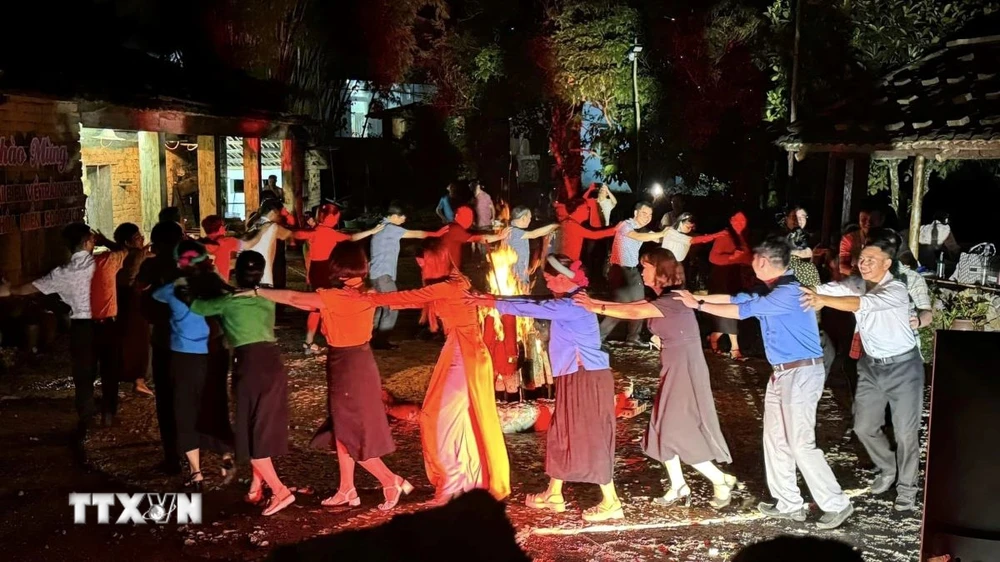
The implementation of policies to preserve and promote the traditional cultural values of ethnic minorities in conjunction with tourism development has contributed to the restoration, preservation, and promotion of many distinctive cultural values; at the same time, it has created more jobs, increased income, and thus promoted the process of poverty alleviation in ethnic minority and mountainous areas.
In addition, programs to revive traditional festivals and support folk artisans have been widely implemented, making a significant contribution to the preservation and promotion of national cultural values.
Traditional festivals, with their distinctive rituals and customs, not only attract community participation but also serve as an opportunity to educate the younger generation about their roots, history, and precious spiritual values.
Support for folk artisans is also emphasized, from providing funding and organizing training courses to creating conditions for them to pass on their skills to the next generation. These activities not only contribute to the preservation but also promote the development of traditional crafts and protect the cultural diversity of the country.
Facing challenges and finding solutions.
Despite significant achievements, the preservation of national culture still faces many challenges, particularly the development of a market economy, urbanization, and international integration. Traditional cultural values are at risk of disappearing if timely protective measures are not taken.
To address this situation, it is necessary to strengthen education about national cultural values, especially for the younger generation. Digital technologies for heritage preservation and the integration of cultural conservation with sustainable tourism development also need to be promoted.
Furthermore, policies supporting artisans, village elders, and community leaders—those who play a crucial role in preserving and transmitting culture—also need to be given more attention.
Preserving and promoting national cultural identity is a shared responsibility of the entire society, not just the Party and the State. National culture is a bridge between the past and the present, and the foundation for the sustainable development of the country. Protecting and promoting these values not only helps affirm national identity but also creates momentum for strong development, making Vietnam a prosperous, civilized nation with a rich national identity.
Source: https://www.vietnamplus.vn/giu-gin-va-phat-huy-ban-sac-van-hoa-dan-toc-nen-tang-cho-phat-trien-ben-vung-post1000273.vnp












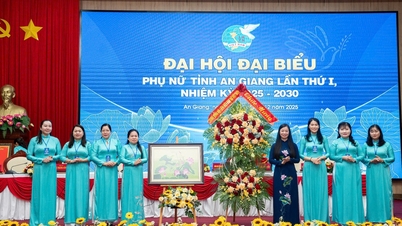

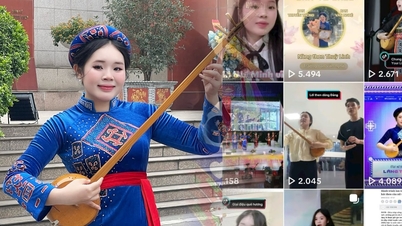

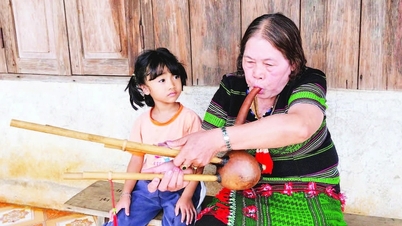

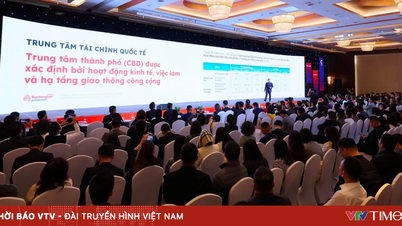

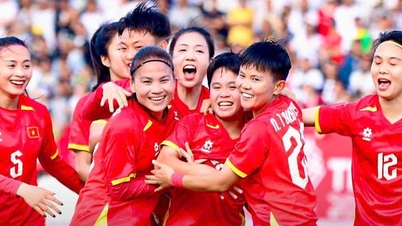

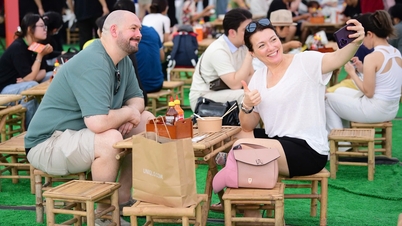

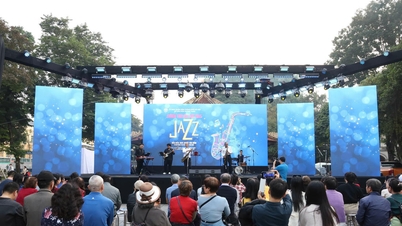
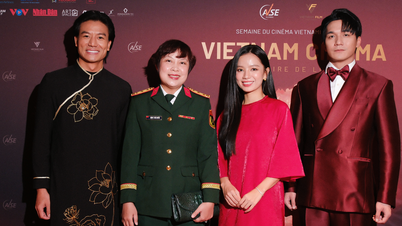

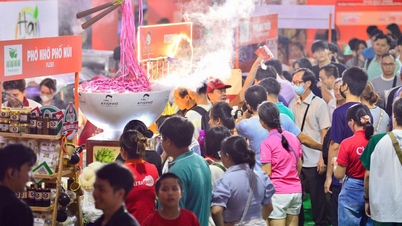
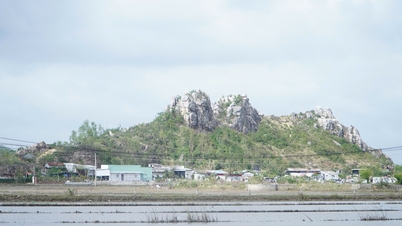
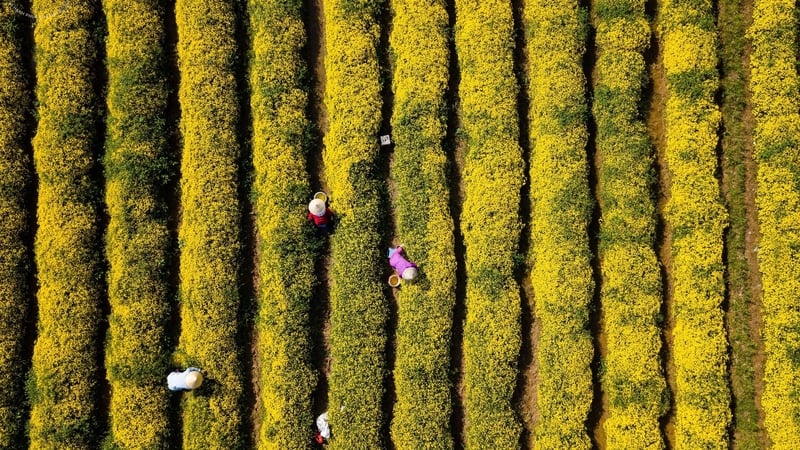

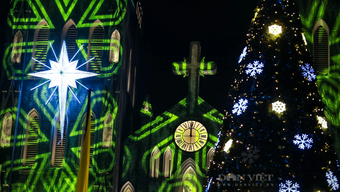

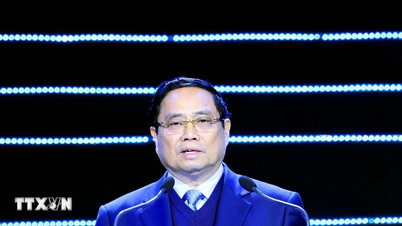




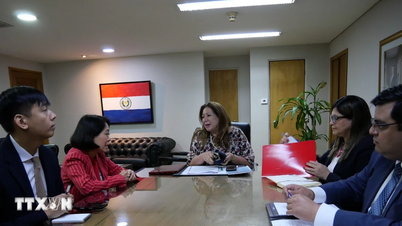






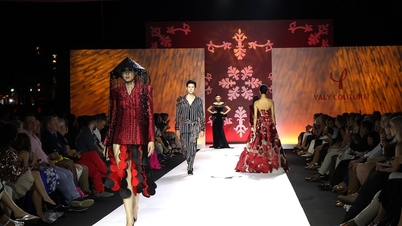




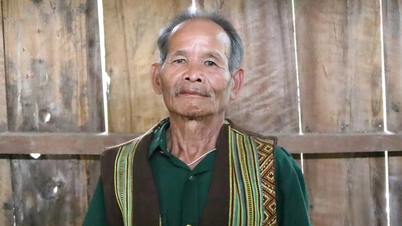
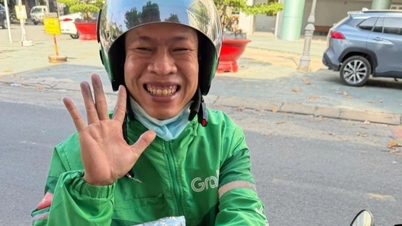



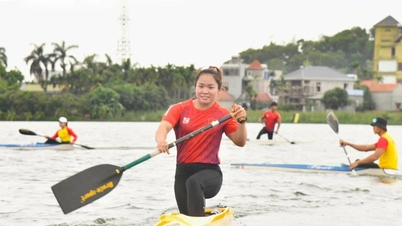
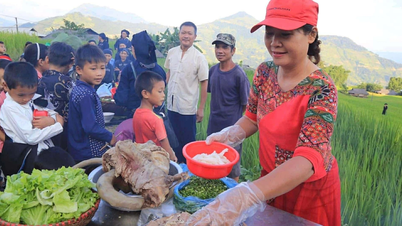




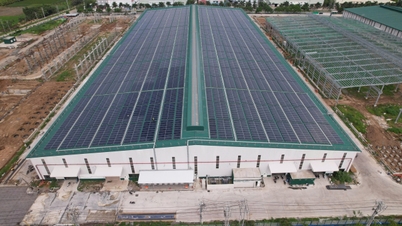










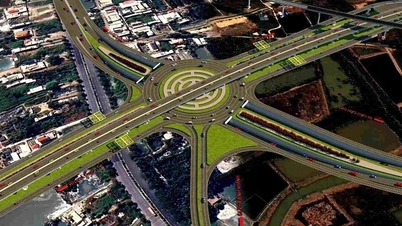
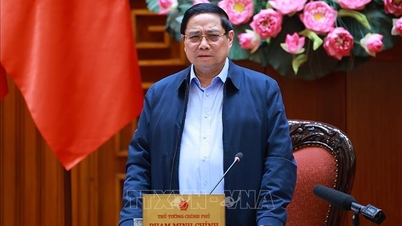

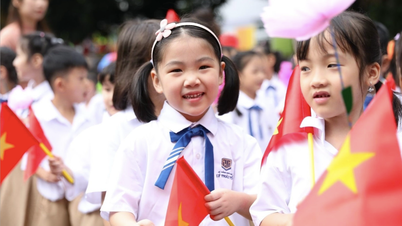


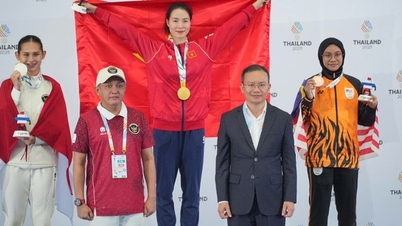

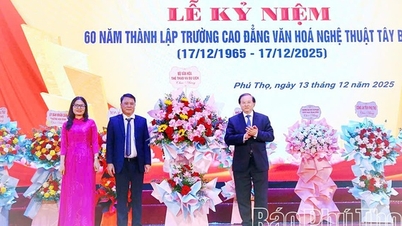
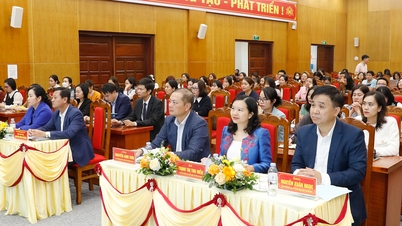

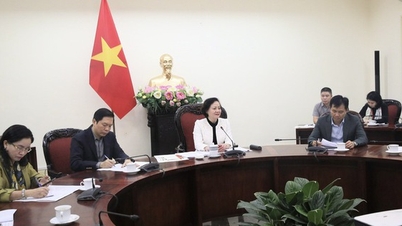
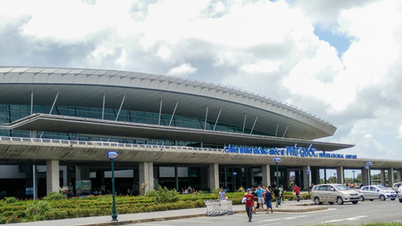
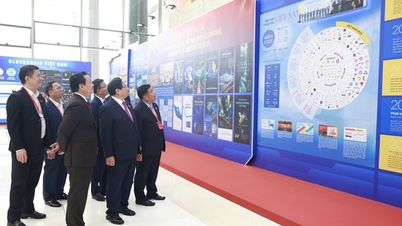
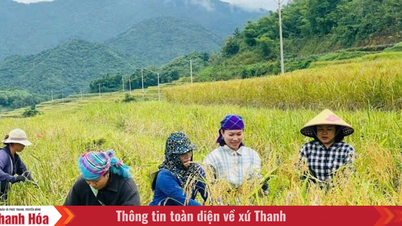

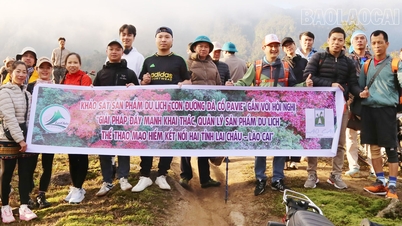


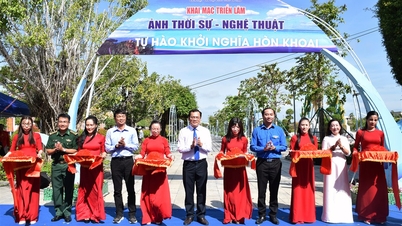
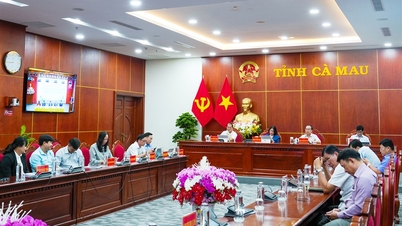
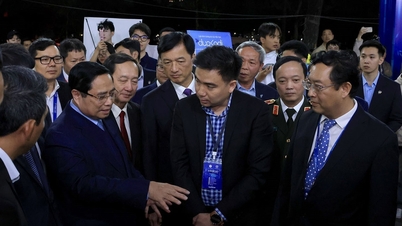














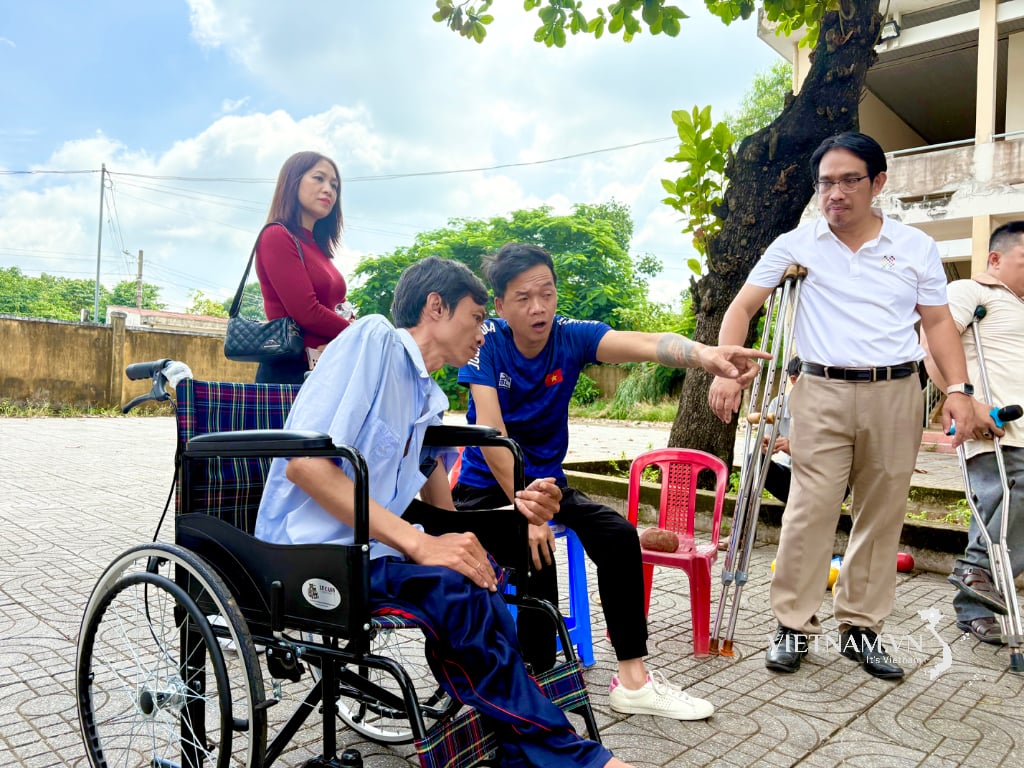
Comment (0)